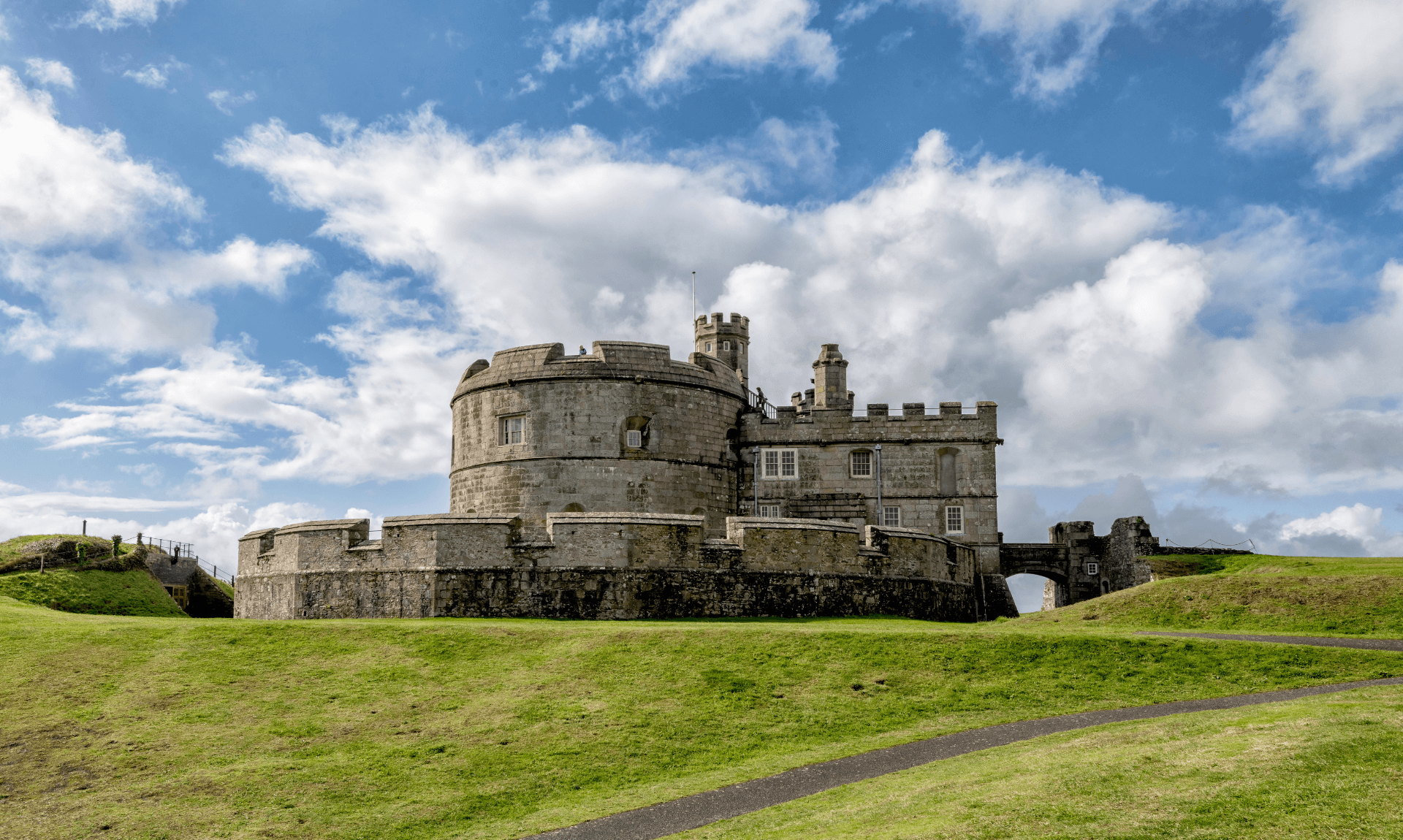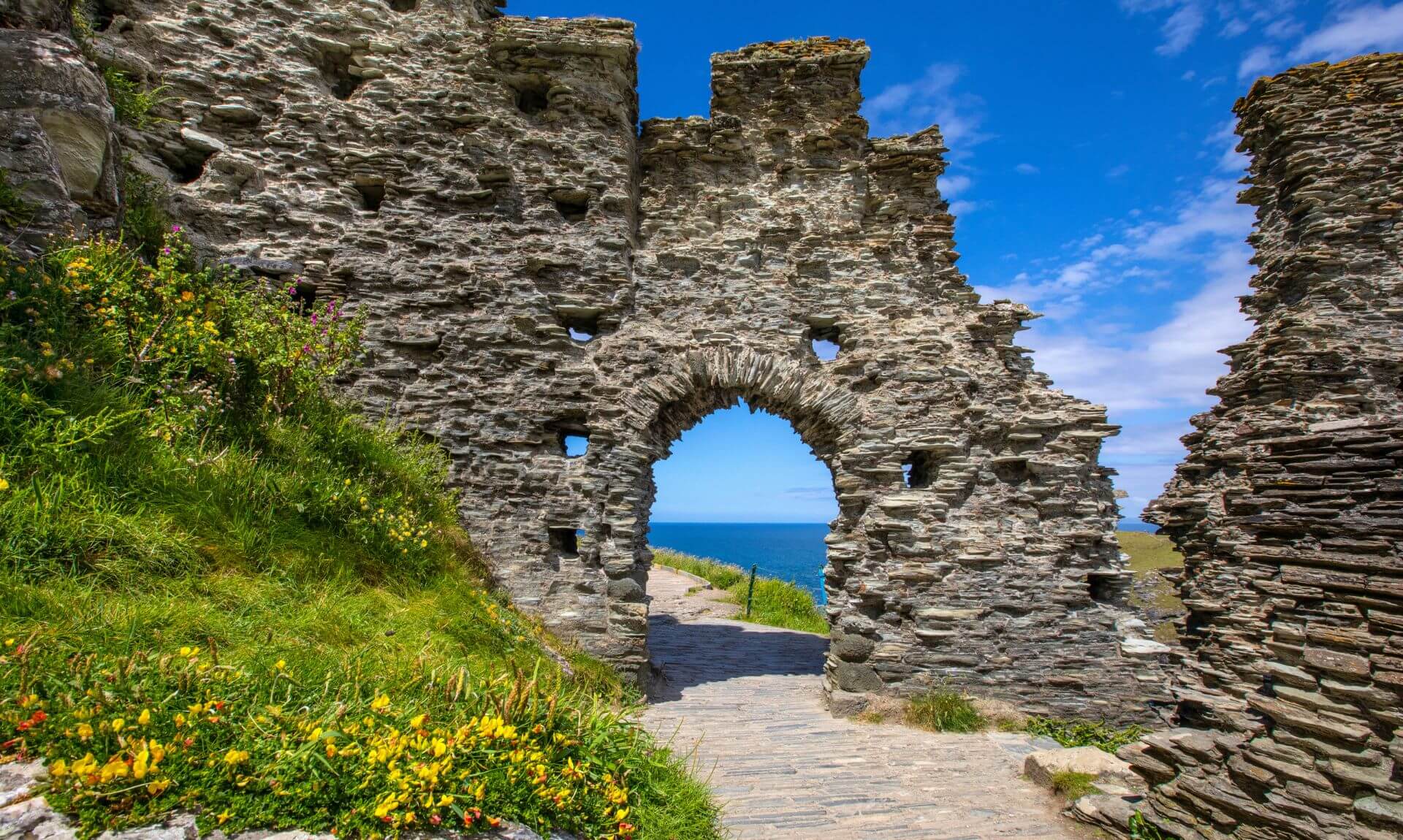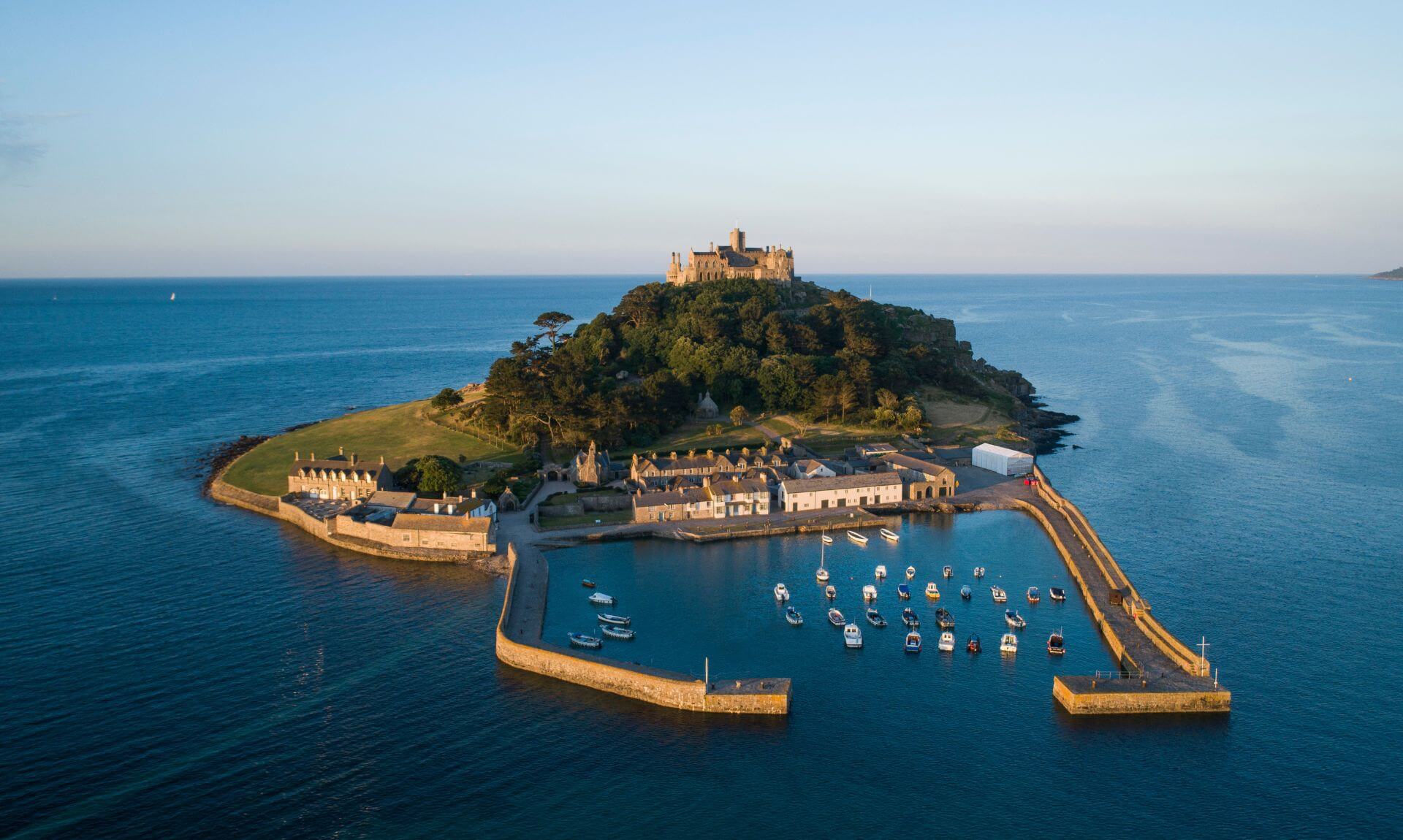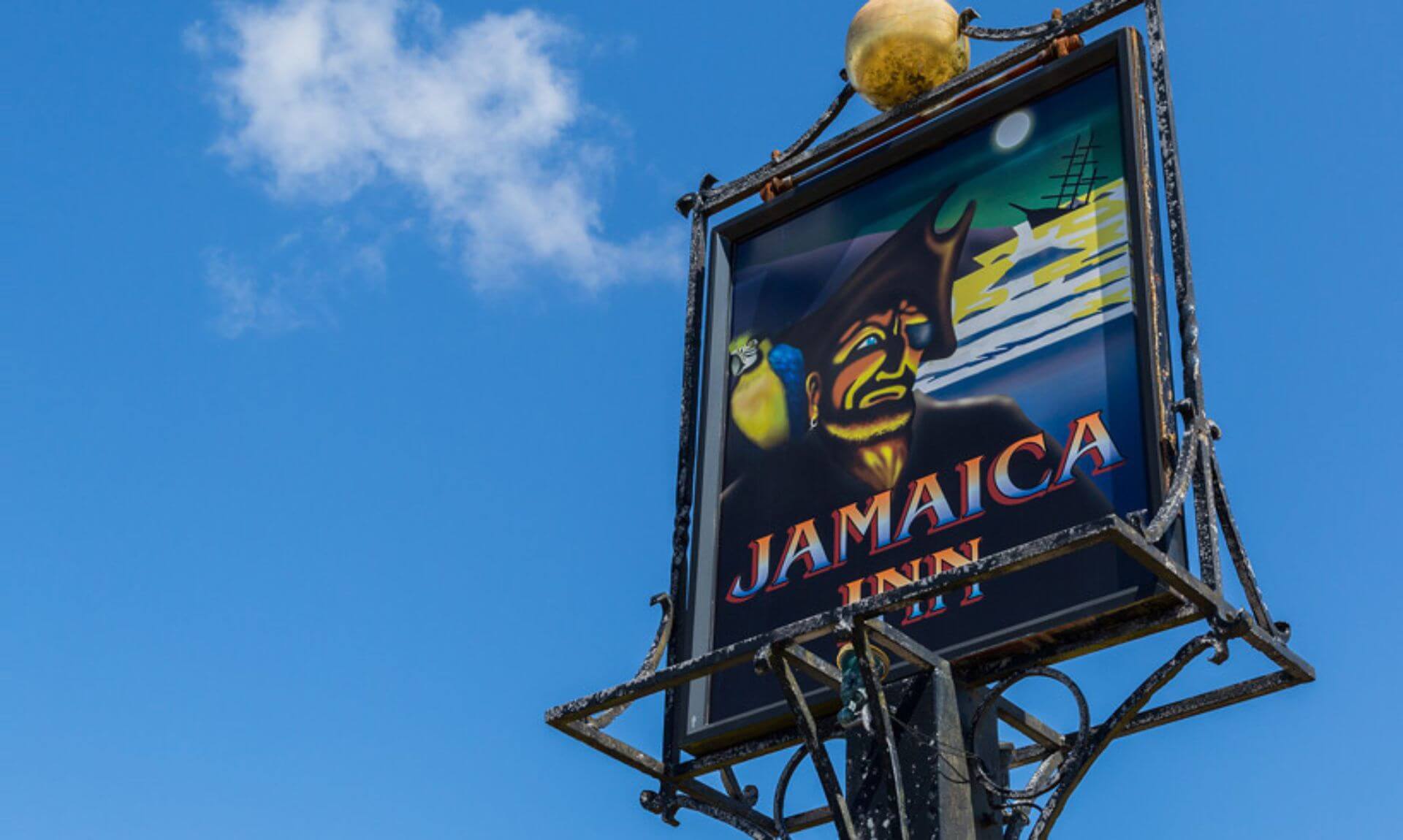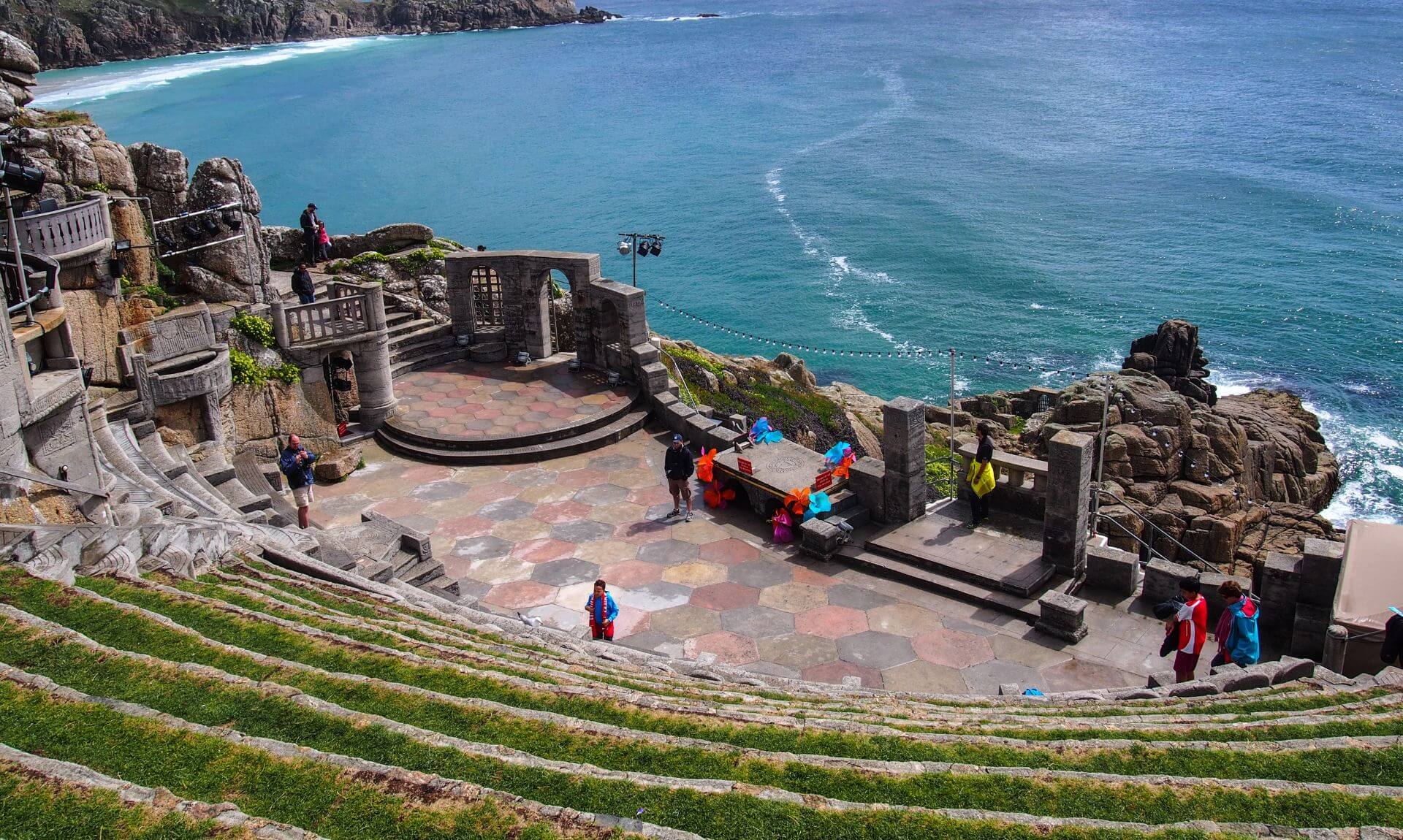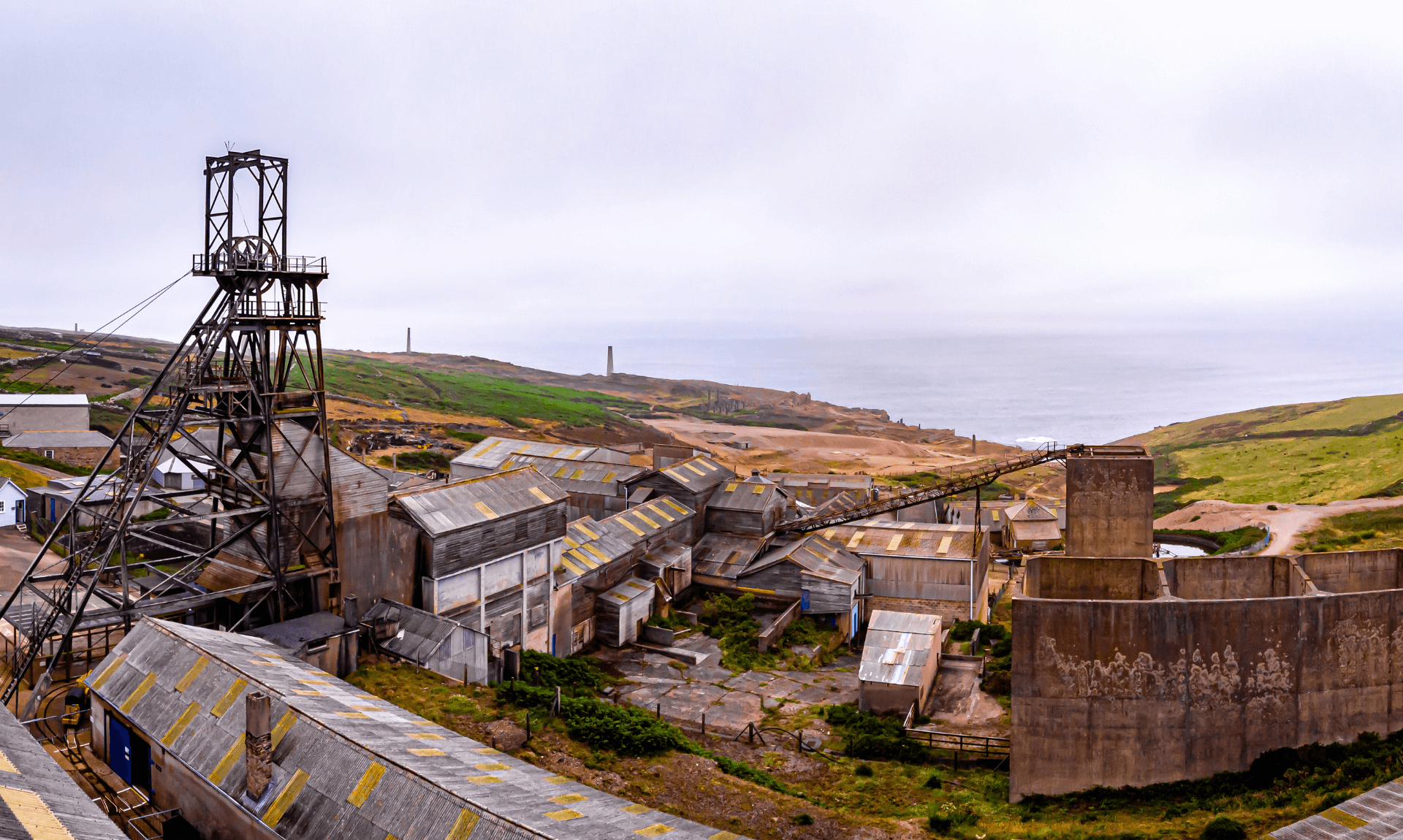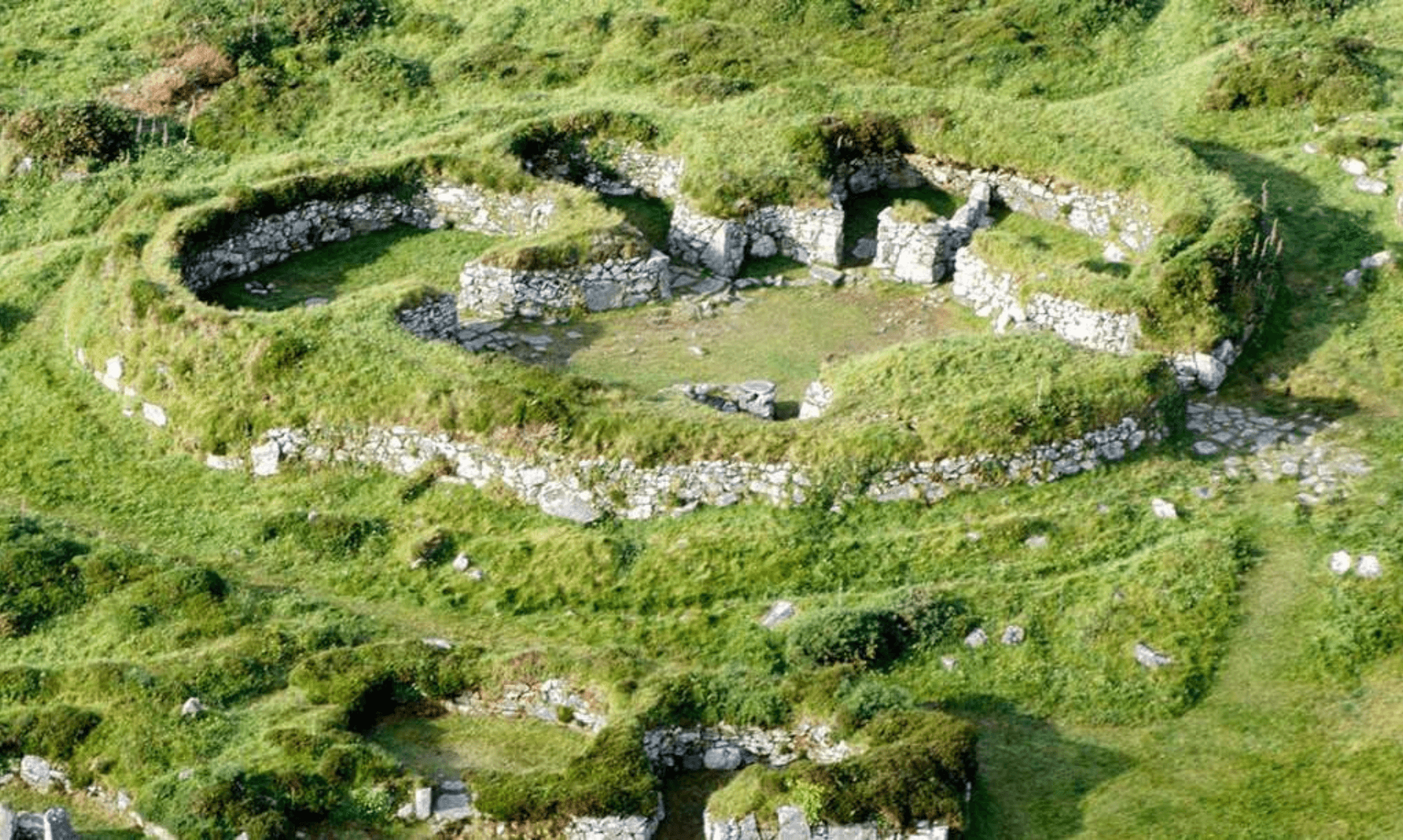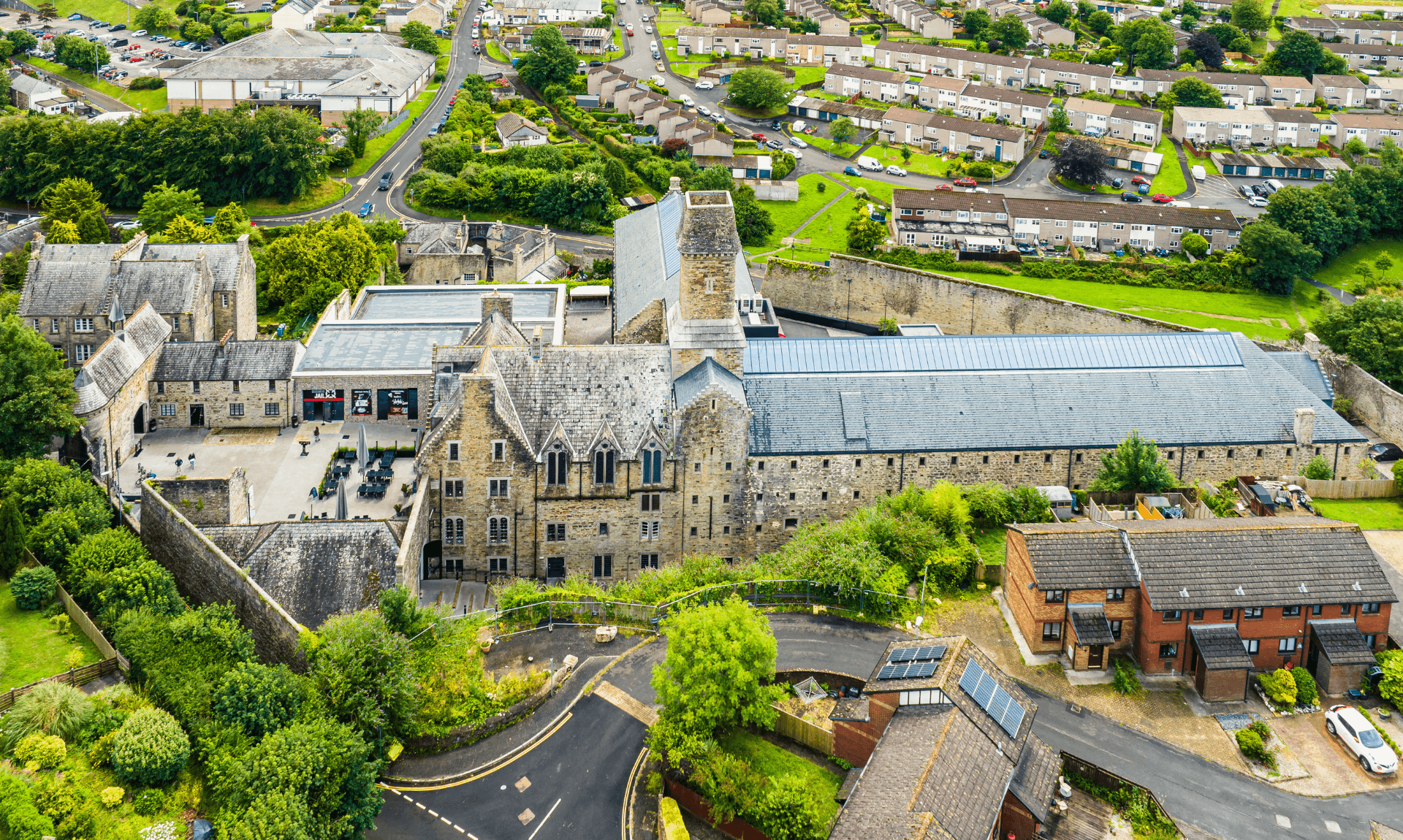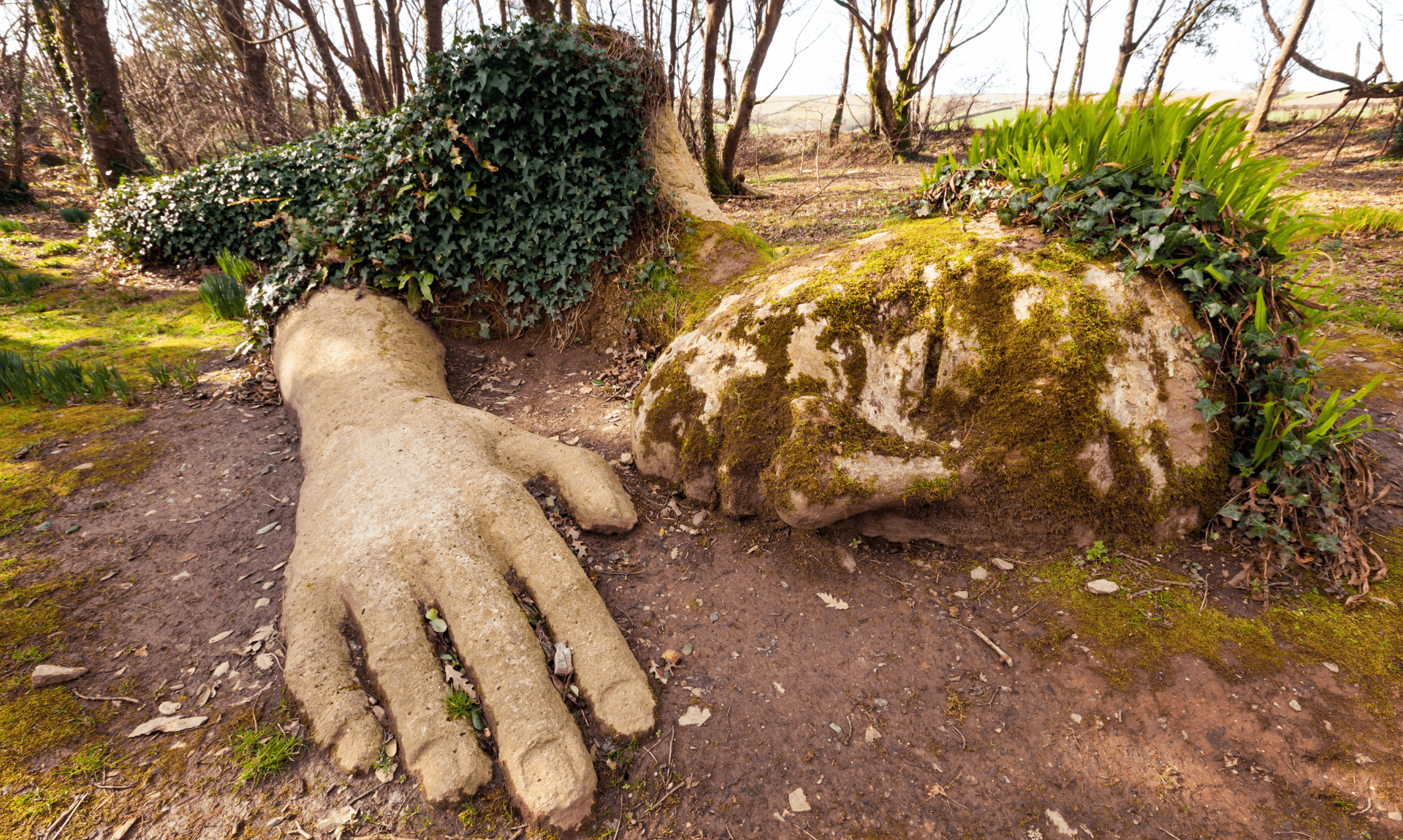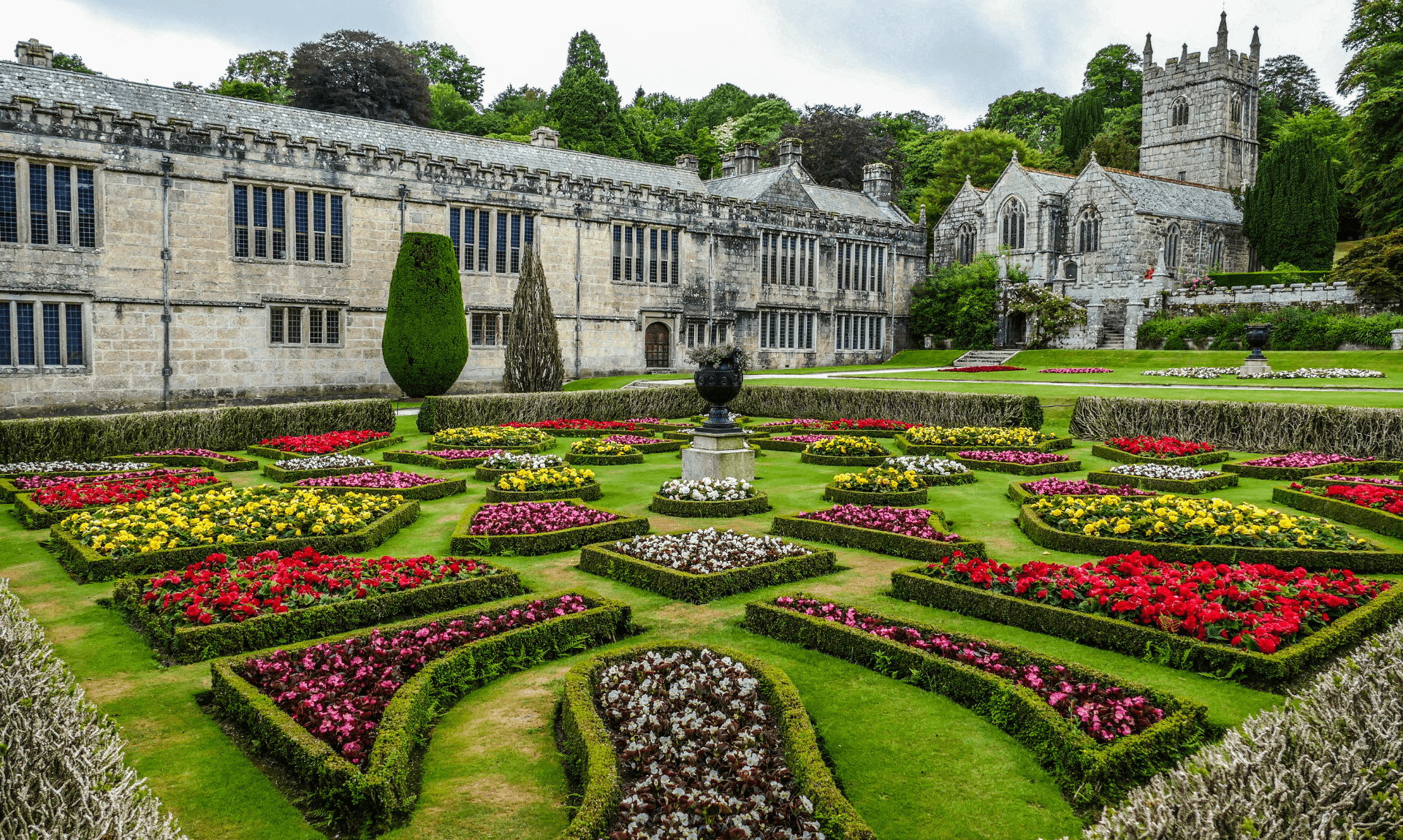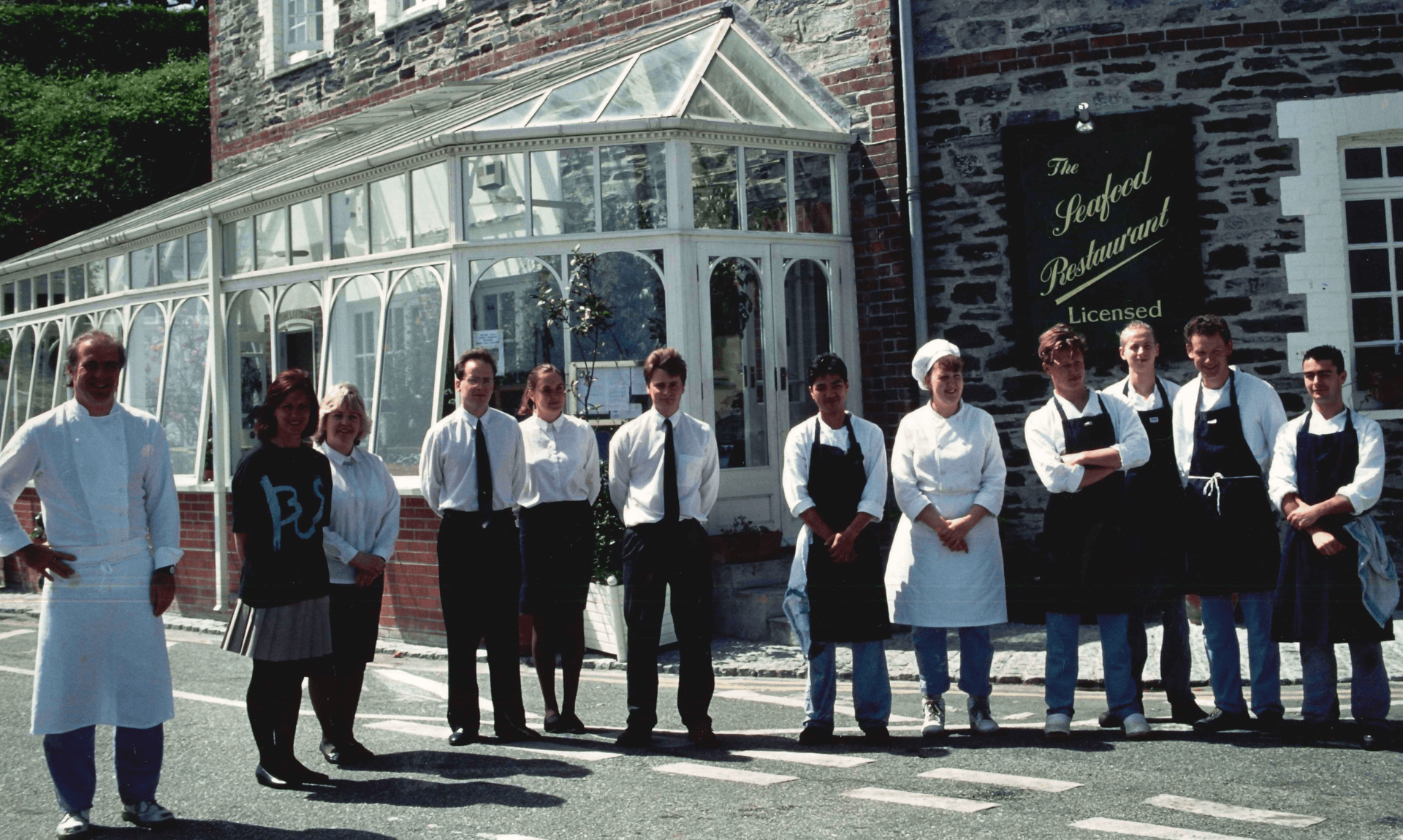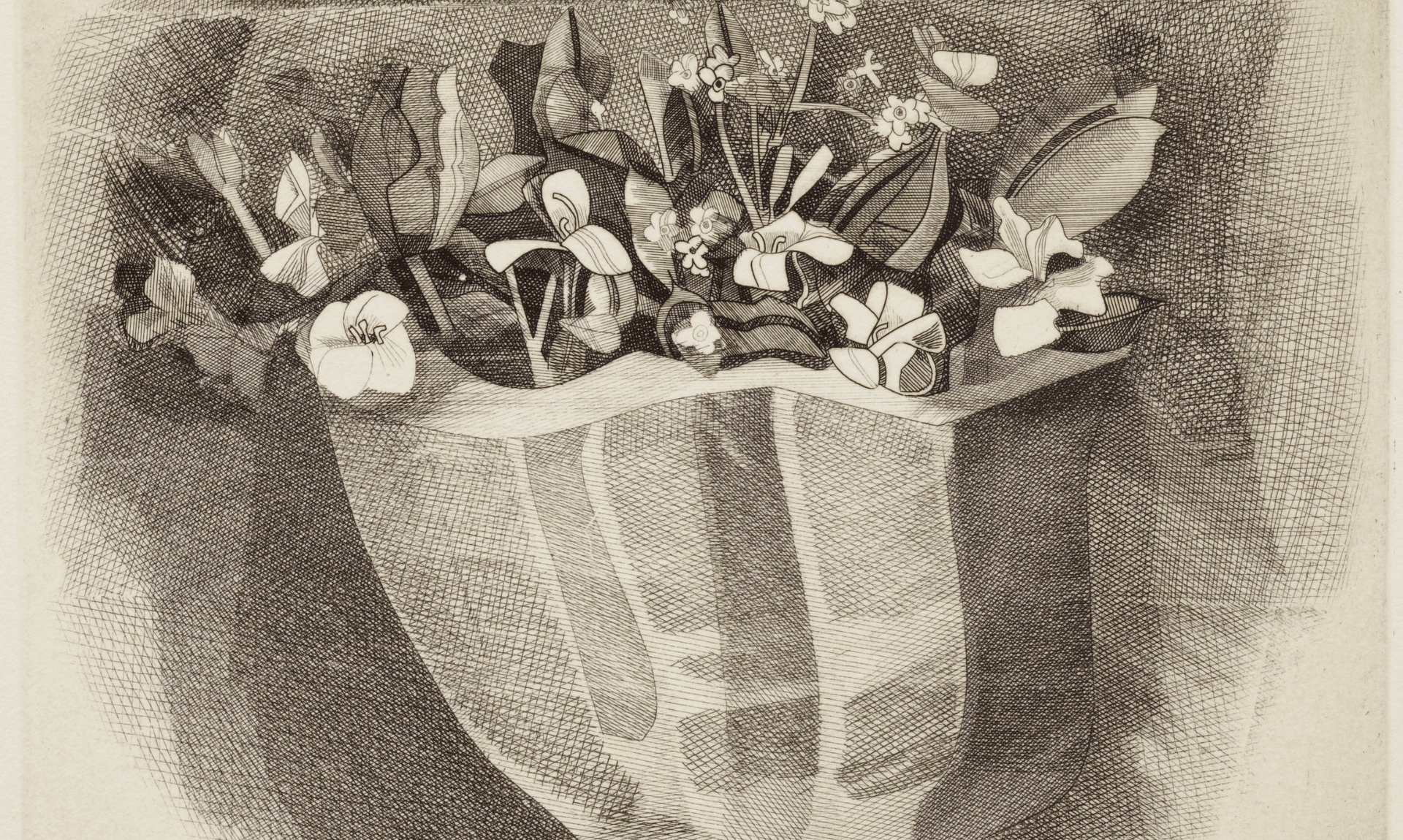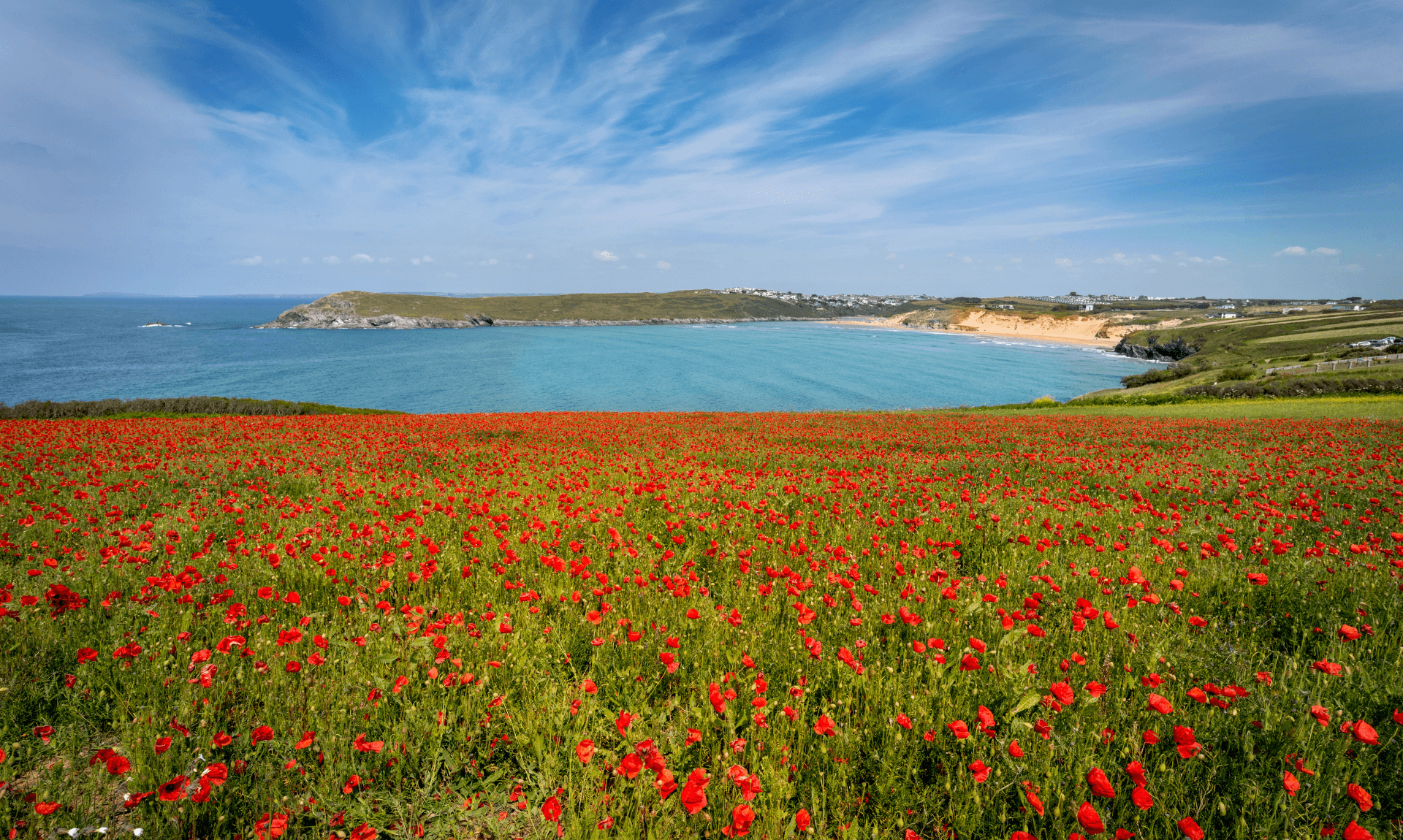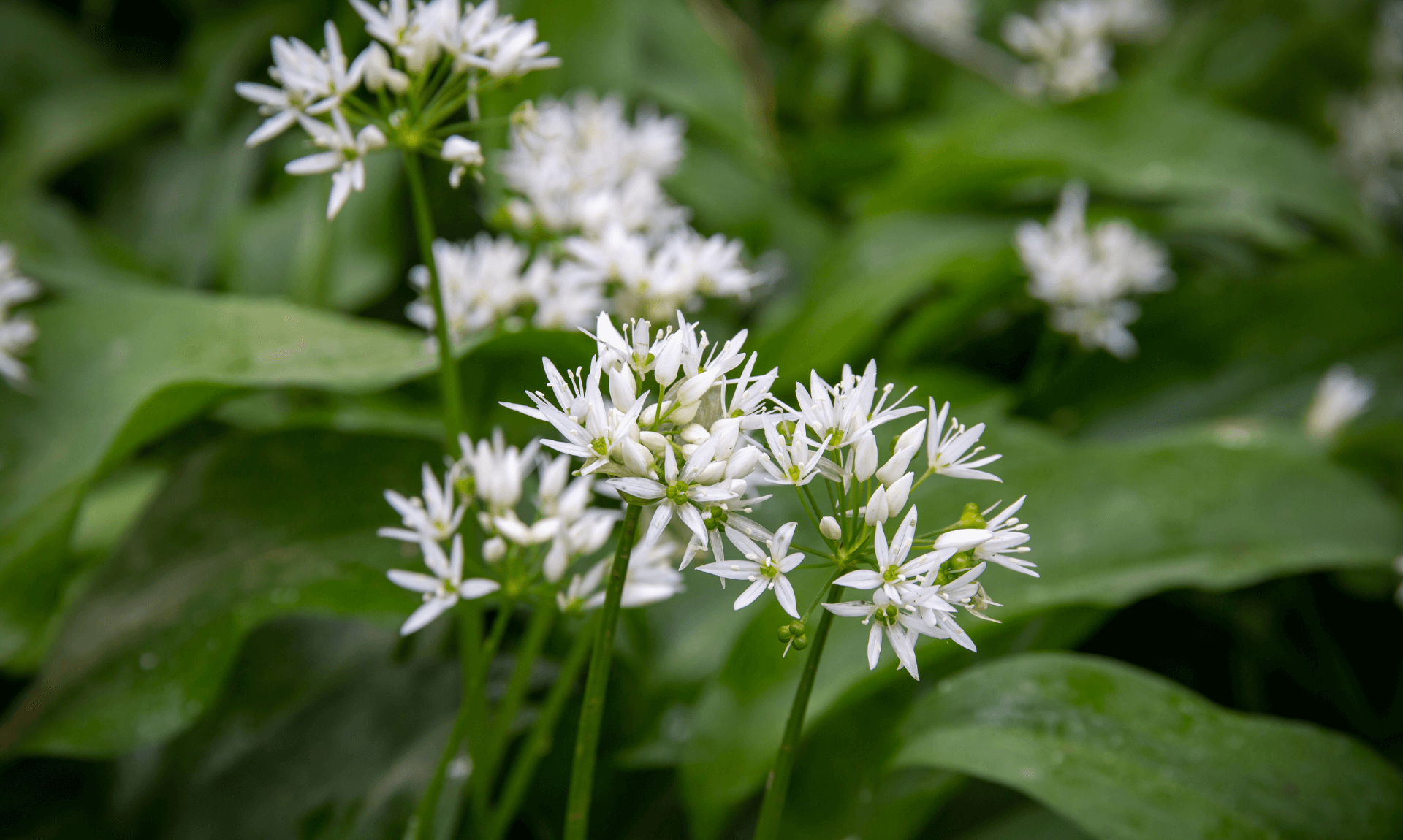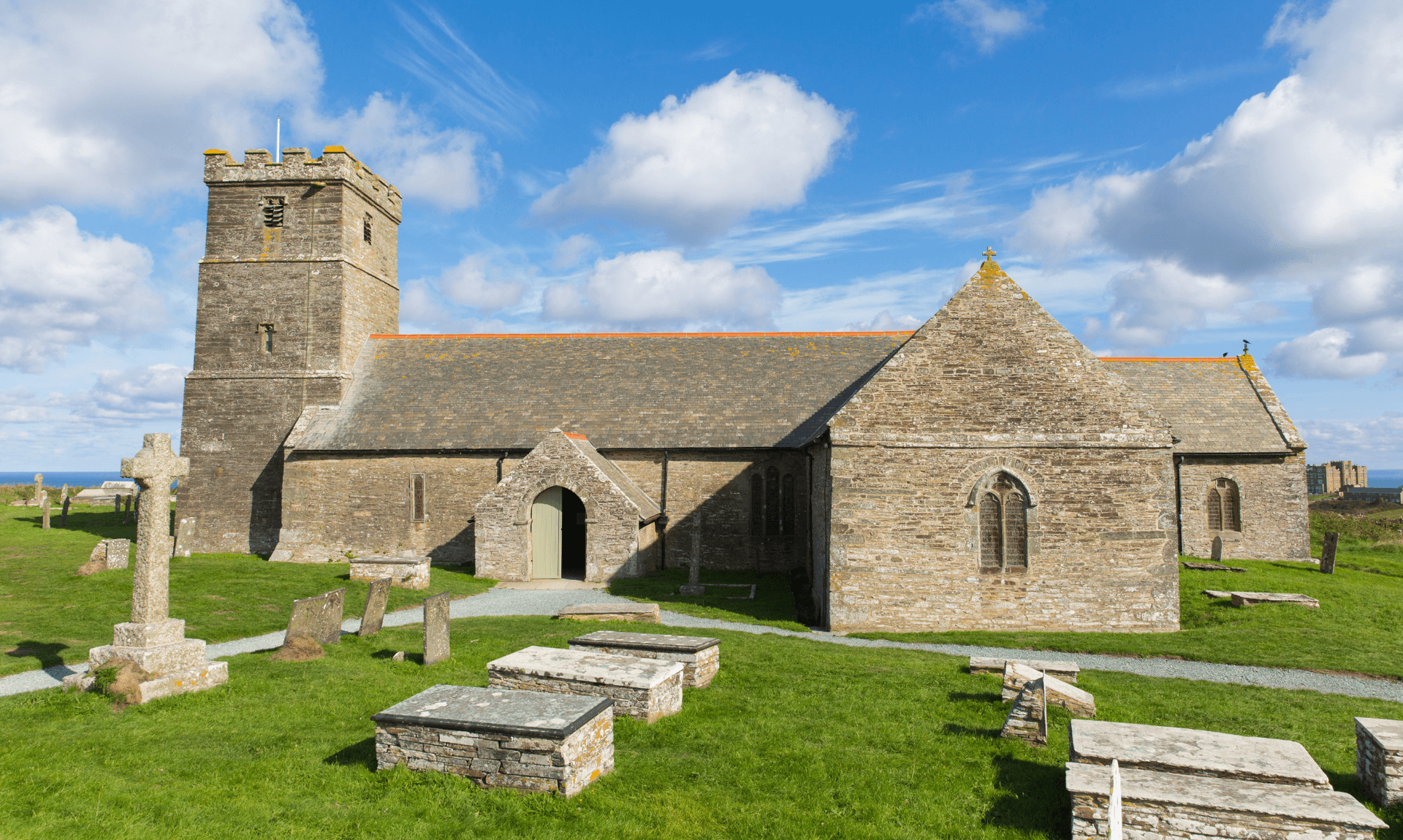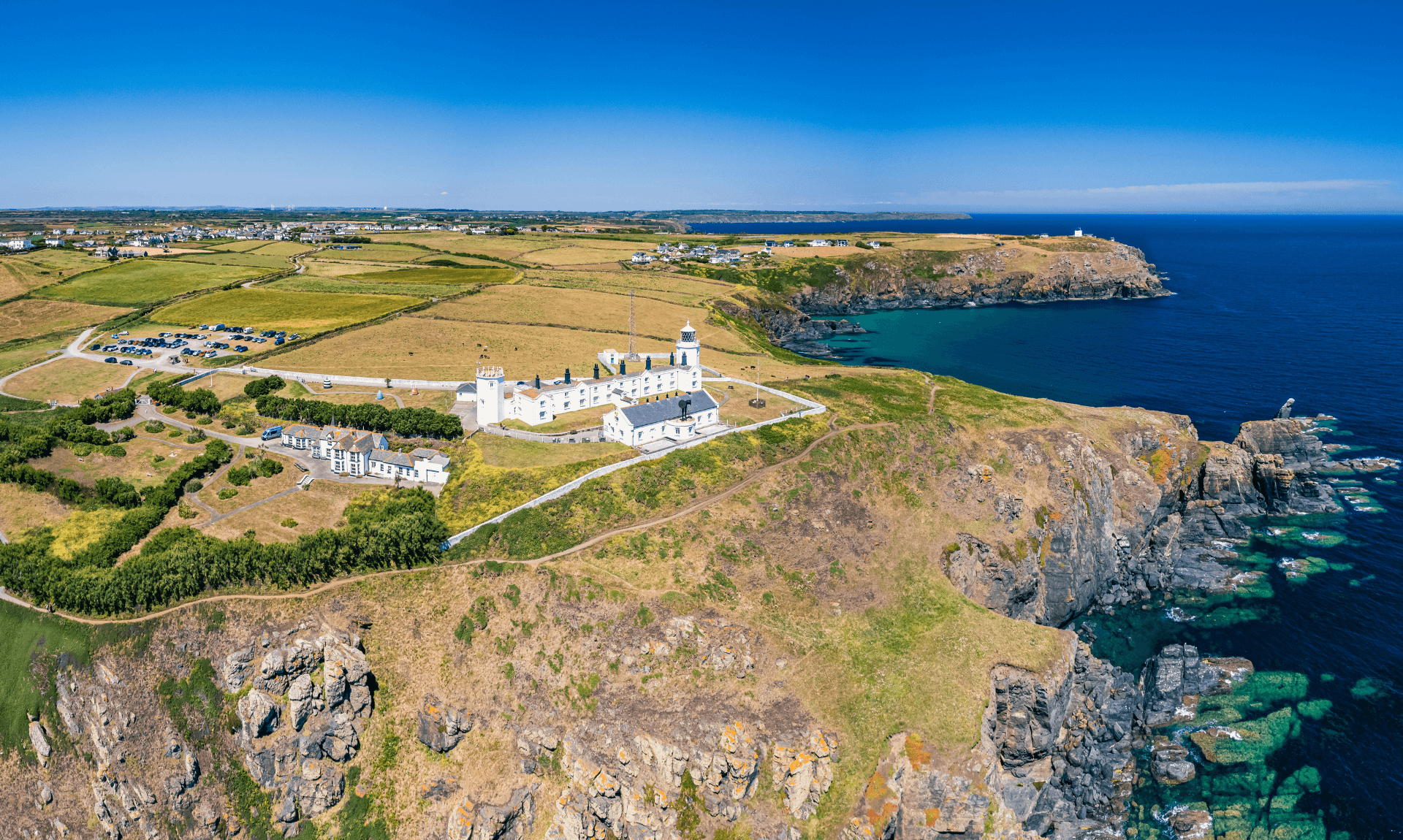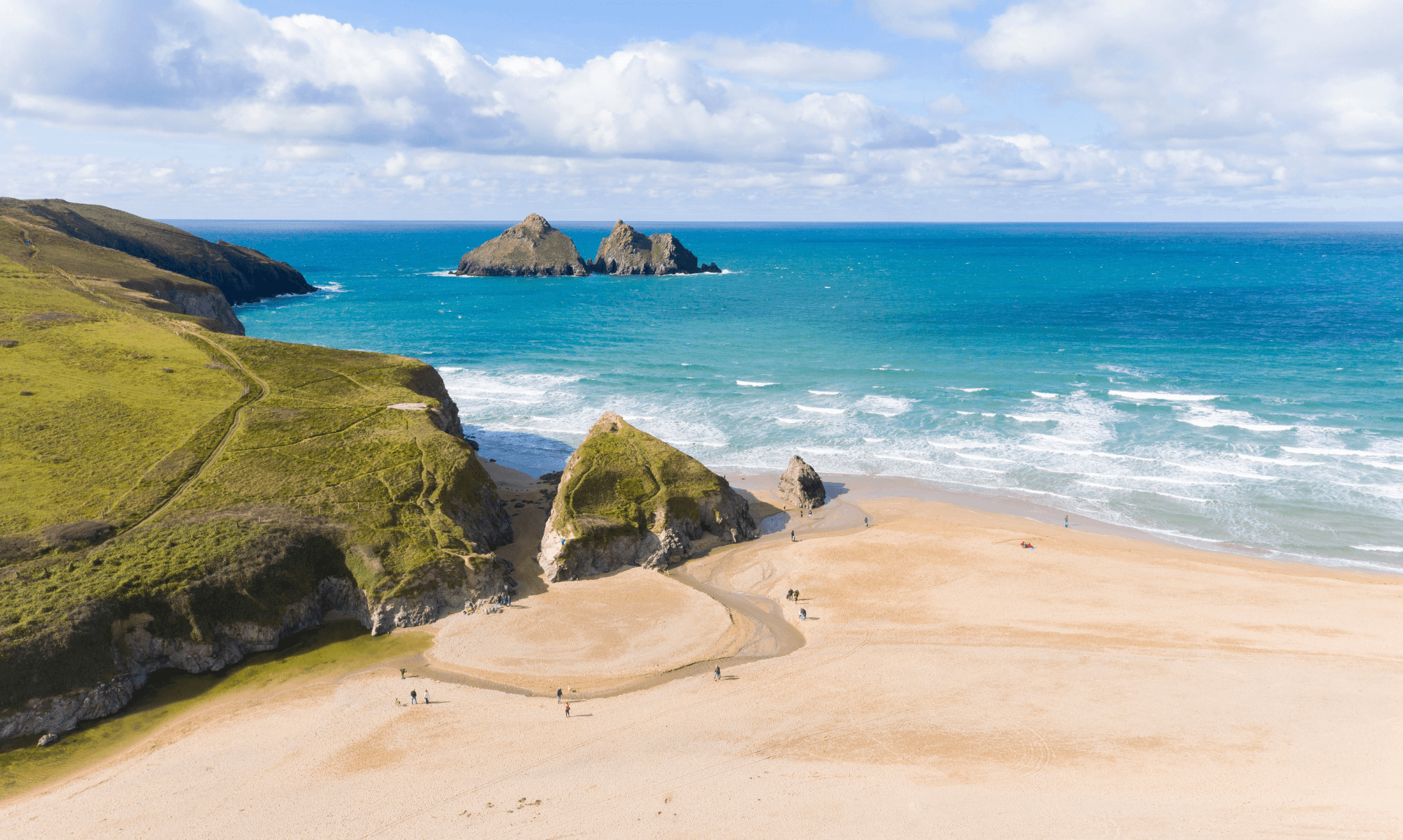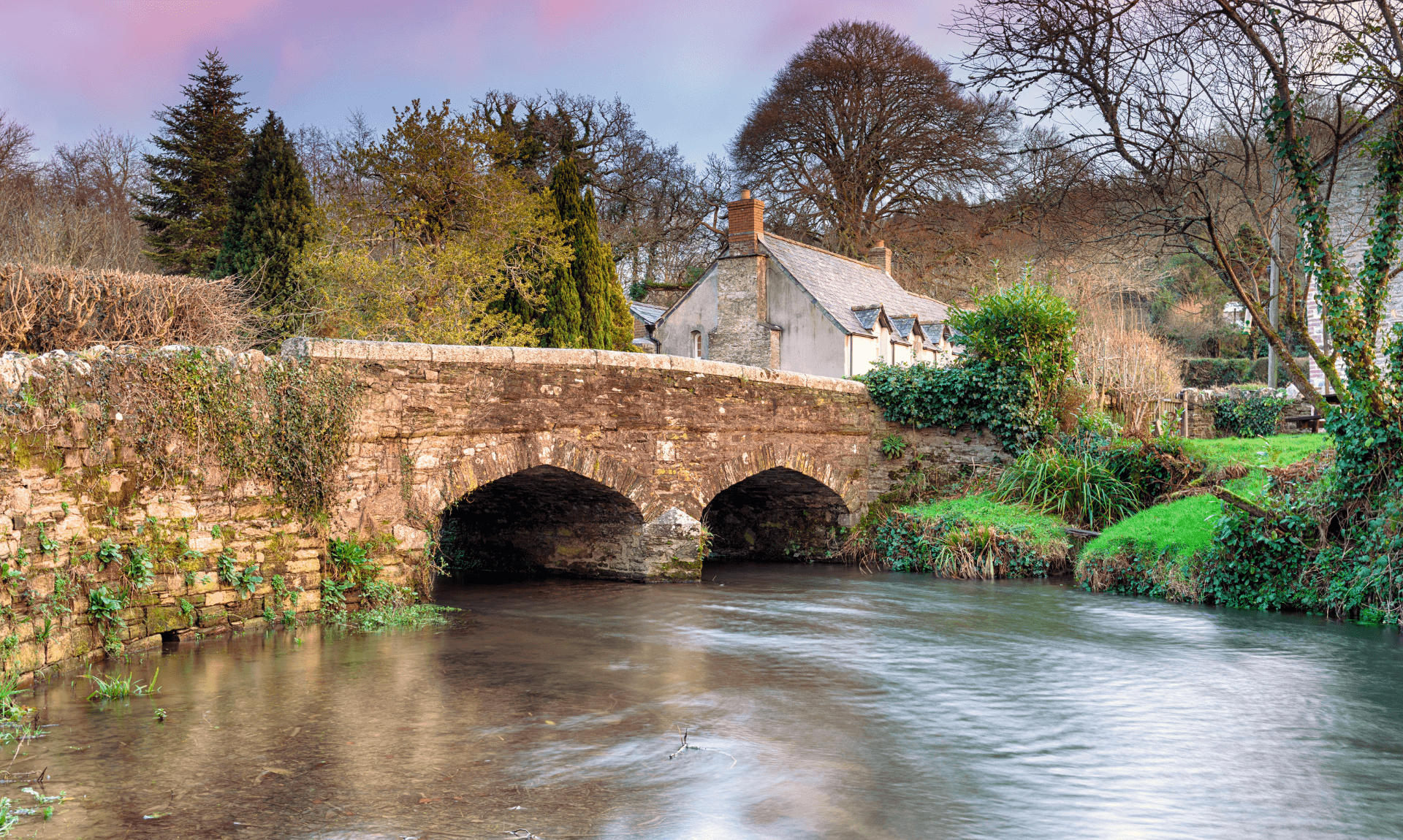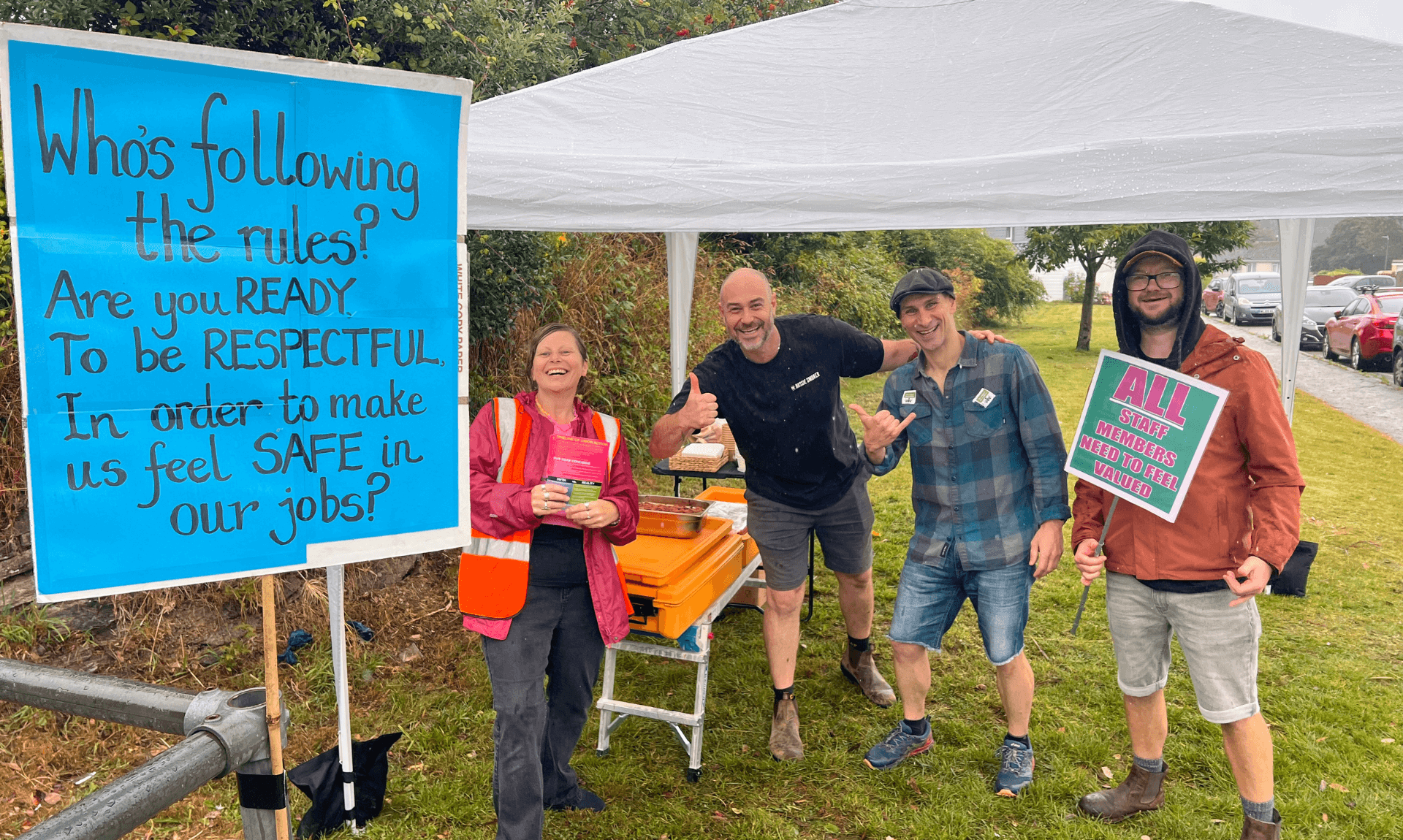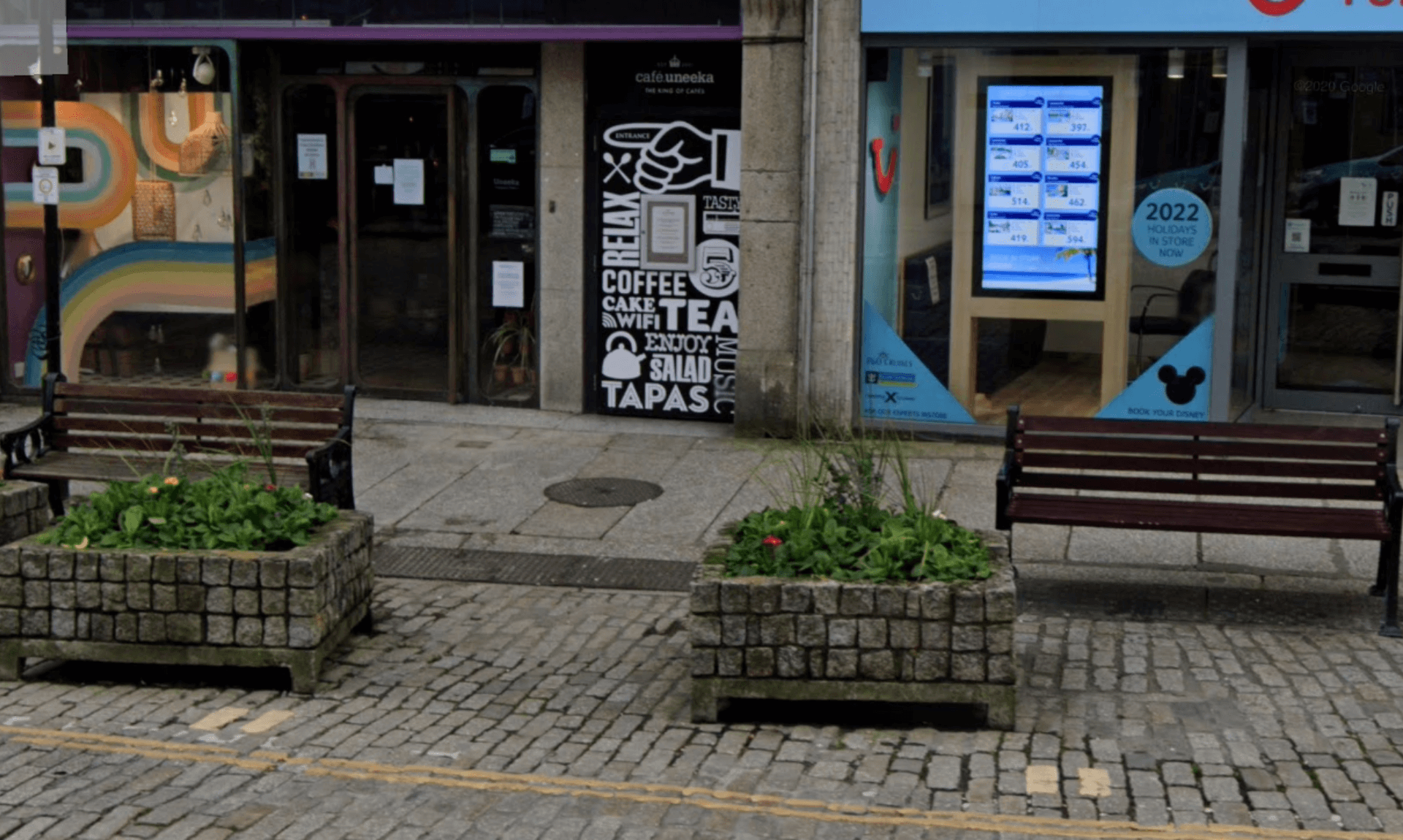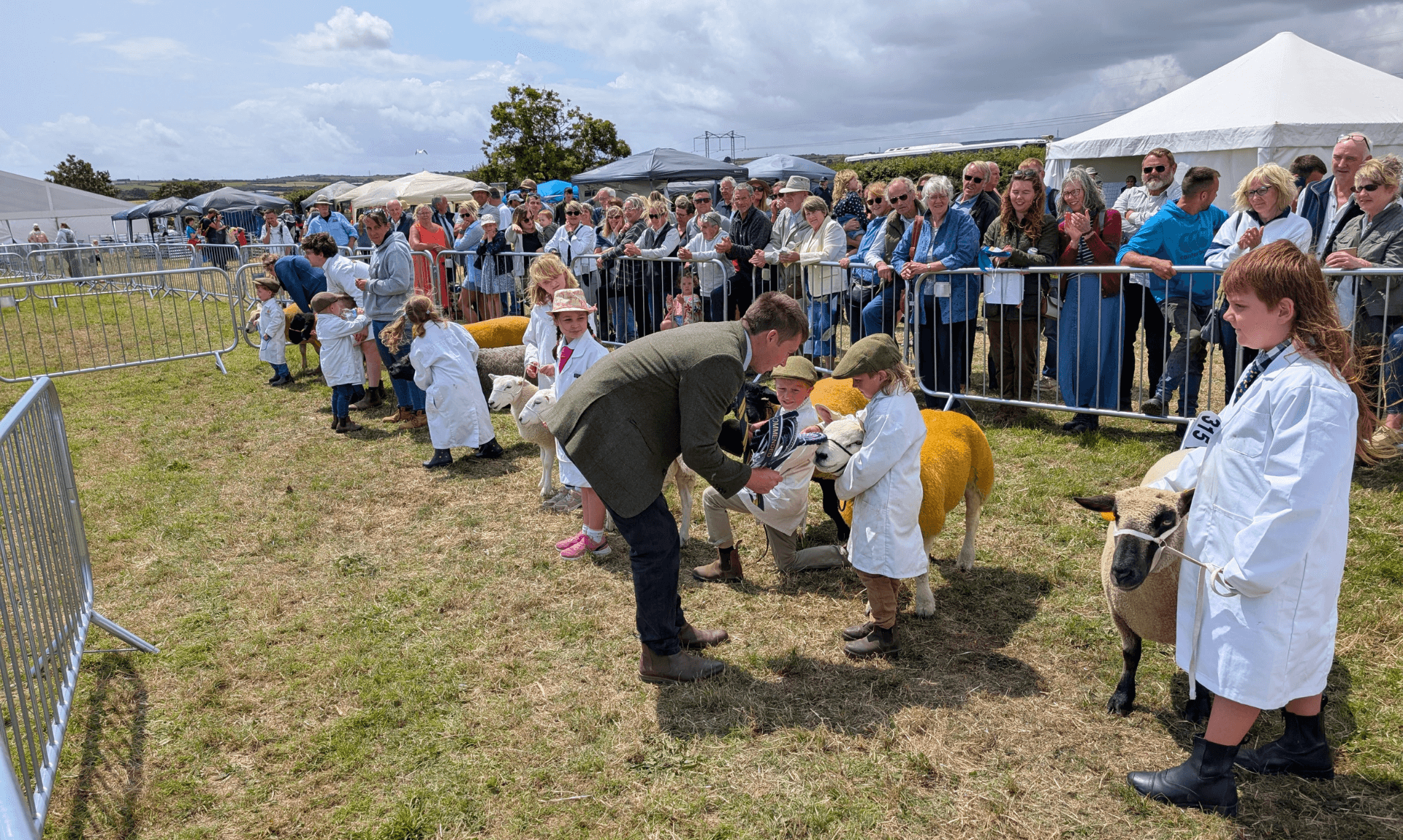Top 10 Historic Sites in Cornwall You Must See
Step Back in Time and Explore Cornwall’s Fascinating Past
Cornwall is a land where history and legend intertwine, where ancient stone circles, medieval castles, and grand Victorian estates tell the story of a place shaped by warriors, smugglers, kings, and miners. From the windswept cliffs of Tintagel, where King Arthur’s tale was born, to the eerie cells of Bodmin Jail, where the ghosts of the past still linger, Cornwall’s historic sites are some of the most captivating in the UK.
Whether you’re fascinated by myth and folklore, military history, or the industrial revolution, Cornwall offers a journey through time like no other. Explore Iron Age settlements, walk through Tudor fortresses, and discover the haunting beauty of abandoned gardens reclaimed from nature.
This guide will take you through the top 10 must-visit historic sites in Cornwall, giving you everything you need to know to make your visit unforgettable. Whether you’re a history buff, an explorer, or simply someone who loves a good story, these locations will transport you into the heart of Cornwall’s incredible past.
Ready to step into history? Let’s dive in! ⏳🚀
1. Tintagel Castle – The Legendary Home of King Arthur
🏰 Why Visit?
Tintagel Castle is one of the most atmospheric historic sites in Britain. Its windswept ruins sit atop dramatic cliffs, overlooking the crashing waves of the Atlantic. But it’s not just the scenery that makes this castle special – it is deeply tied to the legend of King Arthur. Many visitors come hoping to walk in the footsteps of the legendary king, soaking in the mystical aura of the site.
The modern footbridge, inspired by the castle’s original medieval crossing, makes visiting even more exciting. Below, you’ll find Merlin’s Cave, said to have been home to the famous wizard who guided Arthur’s destiny. Whether you believe in the legends or not, Tintagel is a breathtaking place that immerses you in Cornwall’s rich past.
📜 History
Though linked to King Arthur, Tintagel’s real history is just as fascinating. Archaeological evidence suggests it was a key trading post during the Dark Ages, connecting Cornwall with Mediterranean merchants. In the 13th century, Richard, Earl of Cornwall, built a castle here, reinforcing the Arthurian myth that had already taken hold in medieval Britain.
Over the centuries, the castle fell into ruin, but its legendary status only grew. Victorian poets and writers, including Alfred Lord Tennyson, romanticised Tintagel’s connection to Arthurian tales, making it a pilgrimage site for those enchanted by the legend. Today, the ruins remain one of Cornwall’s most famous landmarks, managed by English Heritage.
🏞️ What to See?
- The ruins of the medieval castle
- The dramatic footbridge connecting the mainland to the headland
- Merlin’s Cave on the beach below
- Stunning coastal views
📍 Location: Tintagel, PL34 0HE
🎟️ Admission: Paid entry via English Heritage
⏰ Opening Hours: Vary seasonally – check English Heritage for details
2. St Michael’s Mount – A Tidal Island Rich in History
🏰 Why Visit?
St Michael’s Mount is a place of legend, faith, and stunning beauty. Rising from the sea in Mount’s Bay, this island is often compared to Mont Saint-Michel in France. At low tide, you can walk across the ancient cobbled causeway, just as pilgrims did centuries ago. When the tide is high, a small boat ride takes you to the mount.
The castle itself is a treasure trove of history, with medieval rooms, military defences, and breathtaking views over the coastline. The mount has long been a place of spiritual significance, and its subtropical gardens add a touch of paradise to its rugged Cornish setting.
📜 History
St Michael’s Mount has a history dating back over a thousand years. Originally a site of worship for Cornish Celts, it became a Benedictine priory in the 11th century, established by monks from Mont Saint-Michel in Normandy.
During the medieval period, the island played a crucial role in Cornwall’s religious and military history. It was a key site during the War of the Roses, briefly occupied by Perkin Warbeck’s rebels in 1497. Later, it was fortified during the English Civil War and became a stronghold for Royalist forces.
By the 17th century, the St Aubyn family took residence in the castle, and their descendants still live there today. The National Trust now manages the site, preserving its unique blend of medieval, military, and family history.
🏞️ What to See?
- The medieval castle with its impressive Great Hall
- The causeway that appears at low tide
- The subtropical gardens
- The harbour and village
📍 Location: Marazion, TR17 0HS
🎟️ Admission: Paid entry via National Trust
⏰ Opening Hours: Tide-dependent – check their website for details
3. Jamaica Inn – Cornwall’s Most Famous Smugglers’ Inn
🍻 Why Visit?
Few places in Cornwall capture its smuggling past as vividly as Jamaica Inn. Nestled on the wild Bodmin Moor, this historic coaching inn has been a refuge for weary travellers and a secret hideout for smugglers for over 250 years. The remote location, combined with misty moorland and eerie tales, makes it one of the most atmospheric places in Cornwall.
Today, visitors can enjoy a pint in the historic pub, explore the Smugglers’ Museum, or even stay overnight – if they dare. The inn is said to be haunted, with ghost sightings reported for centuries. If you’re a fan of ghost stories, smuggling history, or Daphne du Maurier’s novel Jamaica Inn, this is a must-visit.
📜 History
Built in 1776 by a former sea captain, as a coaching inn, Jamaica Inn quickly gained a reputation for illicit activity. Cornwall was a hotbed for smuggling in the 18th and 19th centuries, with high taxes on imported goods making smuggling a lucrative business. The inn became a meeting place for smugglers, where contraband goods – rum, brandy, and tea – were stored before being distributed inland.
Daphne du Maurier’s 1936 novel Jamaica Inn immortalised its murky past, cementing its reputation as Cornwall’s most famous smugglers’ haunt. Today, the inn embraces its history, offering museum exhibits, ghost tours, and a traditional Cornish welcome.
👻 What to See?
- The Smugglers’ Museum
- The historic pub with its low-beamed ceilings
- Ghost tours and paranormal investigations
- The moody and atmospheric Bodmin Moor surroundings
📍 Location: Bolventor, PL15 7TS
🎟️ Admission: Free to enter the inn; museum has a small fee
⏰ Opening Hours: Open daily – Website
4. Minack Theatre – An Ancient-Looking Open-Air Theatre
🎭 Why Visit?
Perched on the cliffs above Porthcurno, the Minack Theatre looks like an ancient Greek amphitheatre, but it was hand-carved in the 1930s. This spectacular open-air venue hosts plays, concerts, and performances against the stunning backdrop of the Atlantic Ocean. Even if you don’t catch a show, a daytime visit is well worth it.
The theatre’s location is what makes it so unique – sitting on the rugged Cornish cliffs, with panoramic views of turquoise waters and golden beaches. The site is steeped in creativity and history, a testament to one woman’s incredible vision and determination.
📜 History
The Minack Theatre was the brainchild of Rowena Cade, a theatre enthusiast who moved to Cornwall after World War I. In the early 1930s, she decided to create an outdoor theatre in her own garden. With the help of her gardener, she hauled granite from the cliffs, hand-carved seats into the stone, and built the theatre from scratch.
The first performance, The Tempest, took place in 1932, and the theatre has been growing ever since. Today, the Minack is one of Cornwall’s most beloved cultural sites, attracting thousands of visitors each year. It remains a working theatre, with productions held throughout the summer.
🎟️ What to See?
- The dramatic open-air theatre
- The museum showcasing the theatre’s history
- Stunning views over Porthcurno Beach
📍 Location: Porthcurno, TR19 6JU
🎟️ Admission: Paid entry
⏰ Opening Hours: Check Minack Theatre for event schedules
5. Geevor Tin Mine – A UNESCO World Heritage Site
⛏️ Why Visit?
Cornwall’s mining history is legendary, and Geevor Tin Mine offers a rare chance to explore an actual underground mine. As part of the Cornish Mining World Heritage Site, Geevor provides a hands-on experience of what life was like for miners who worked these tunnels for centuries.
The site includes the mine itself, an interactive museum, and the original buildings used by miners up until the 1990s. You can even try panning for gold and tin, making it a great visit for families.
📜 History
Mining has been part of Cornwall’s identity for thousands of years. Geevor Tin Mine operated from the 18th century until 1990, making it one of the last working mines in Cornwall. At its peak, Cornwall was one of the world’s most important mining regions, with its tin and copper fueling the Industrial Revolution.
When the mine finally closed in 1990 due to falling tin prices, it was preserved as a museum to showcase Cornwall’s rich industrial heritage. Today, it stands as a powerful reminder of the county’s mining legacy.
🏞️ What to See?
- Underground mine tours
- The Hard Rock Museum
- The coastal landscape surrounding the mine
📍 Location: Pendeen, TR19 7EW
🎟️ Admission: Paid entry
⏰ Opening Hours: Check Geevor Tin Mine for details
6. Chysauster Ancient Village – A Well-Preserved Iron Age Settlement
🏠 Why Visit?
Chysauster Ancient Village is one of the best-preserved Iron Age settlements in Britain. If you’re interested in Cornwall’s ancient past, this site offers a fascinating insight into the people who lived here nearly 2,000 years ago. Unlike many prehistoric sites that only have scattered remains, Chysauster consists of stone-walled houses, laid out in a distinctive courtyard style that is unique to Cornwall.
Set on a hillside with stunning views across the Cornish countryside, this site provides a glimpse into the daily life of Cornish Celts before the arrival of the Romans. Walking through the remains of these homes, you can imagine the families who once lived here, farming the land and working with metal and pottery.
📜 History
Built during the Roman period (circa 100 AD), Chysauster was inhabited by the Dumnonii tribe, who lived in small farming communities. Unlike the Roman towns and villas found elsewhere in Britain, Cornwall’s Iron Age settlements remained independent, maintaining their own way of life.
The houses at Chysauster are courtyard dwellings, a style found only in Cornwall and the Isles of Scilly. Each home had a central courtyard, surrounded by stone-walled rooms where people lived and worked. Archaeological finds suggest they raised livestock and grew crops, forming a self-sufficient community.
The village was abandoned around the 3rd century AD, and its exact reasons remain unknown. Some theories suggest climate changes, while others propose that Roman influence led to shifting trade routes. Today, it stands as a powerful reminder of Cornwall’s ancient past.
🏞️ What to See?
- The remains of Iron Age homes
- Stunning views over the surrounding countryside
📍 Location: Penzance, TR20 8XA
🎟️ Admission: Paid entry
⏰ Opening Hours: Seasonal – check English Heritage
7. Bodmin Jail – Cornwall’s Darkest Prison
🏛️ Why Visit?
If you love dark history, Bodmin Jail is a must-visit. It’s one of the most infamous prisons in Britain, with a reputation for harsh punishments and ghostly goings-on. This massive stone fortress, built in the 18th century, housed some of Cornwall’s most notorious criminals.
Bodmin Jail is now an immersive experience, where you can explore its cold, eerie cells, learn about gruesome executions, and hear the stories of prisoners who met their fate here. If you’re feeling brave, you can even take part in a paranormal investigation – this place is said to be one of the most haunted buildings in Britain!
📜 History
Bodmin Jail was built in 1779, under orders from King George III, as part of prison reforms that aimed to improve conditions for inmates. However, by modern standards, life here was brutal.
Over the years, more than 50 public executions took place at the jail, with criminals hanged for crimes ranging from murder to petty theft. The most infamous execution was that of Selina Wadge, a mother sentenced to death in 1878 for the murder of her own child. Her ghost is one of many that are said to haunt the prison.
Bodmin Jail was also used during World War I to store state papers and the Domesday Book for safekeeping. The prison finally closed in 1927, and its ruins have since been transformed into a visitor attraction, offering history tours and spine-chilling ghost hunts.
👻 What to See?
- The execution chamber
- Ghost tours and paranormal events
- The immersive visitor experience
📍 Location: Bodmin, PL31 2NR
🎟️ Admission: Paid entry
⏰ Opening Hours: Open daily – check Bodmin Jail
8. Pendennis Castle – A Tudor Fortress
🏰 Why Visit?
Pendennis Castle is one of Cornwall’s best-preserved fortresses, offering a deep dive into Tudor military history. Built by Henry VIII, it was designed to defend England from the threat of invasion by France and Spain. Perched on the cliffs of Falmouth, it offers spectacular views over the Fal Estuary and the English Channel.
Pendennis has seen action in multiple wars, from the English Civil War to World War II. Today, it’s a brilliant site for history lovers, families, and anyone who enjoys exploring medieval strongholds. Interactive exhibitions, recreated Tudor gunrooms, and wartime tunnels bring history to life.
📜 History
Henry VIII ordered the construction of Pendennis Castle in the 1540s as part of a network of coastal defences. Along with its twin, St Mawes Castle, it protected the important port of Falmouth from potential attacks.
During the English Civil War (1642–1651), Pendennis was one of the last Royalist strongholds to surrender. The castle held out under siege for five months, with defenders eventually forced to surrender due to starvation.
Pendennis continued to be used as a military base through both World Wars, defending against enemy submarines and aircraft. Today, it stands as one of Cornwall’s finest examples of Tudor and wartime military architecture.
🏞️ What to See?
- The Tudor keep and gun decks
- The tunnels used in WWII
- Panoramic views over the Fal Estuary
📍 Location: Falmouth, TR11 4LP
🎟️ Admission: Paid entry via English Heritage
9. The Lost Gardens of Heligan – A Historic Estate Rediscovered
🌿 Why Visit?
The Lost Gardens of Heligan are one of the most magical places in Cornwall. Once a thriving Victorian estate, these gardens were lost to time after World War I, overgrown and forgotten until their rediscovery in the 1990s.
Today, Heligan is one of the most beautiful and mystical gardens in Britain, featuring tropical ferns, ancient woodlands, and secret hideaways. It’s a living history museum, showing how Victorian estate gardeners worked before the gardens fell into ruin.
📜 History
Heligan was originally the seat of the Tremayne family, who developed its vast gardens in the 18th and 19th centuries. The estate thrived until World War I, when many of its gardeners were sent to fight. After the war, the once-manicured gardens fell into decay, hidden beneath overgrown brambles.
In 1990, a team of gardeners led by Tim Smit (who later co-founded the Eden Project) discovered the abandoned gardens and began a massive restoration project. Today, Heligan is a time capsule of Victorian horticulture, with its walled gardens, jungle-like pathways, and iconic sculptures like the Mud Maid attracting visitors from around the world.
🏞️ What to See?
- The Jungle and Lost Valley
- Historic walled gardens
- The famous Mud Maid sculpture
📍 Location: St Austell, PL26 6EN – Website
10. Lanhydrock House – A Grand Victorian Manor
🏛️ Why Visit?
If you want to experience Victorian high society, Lanhydrock House is the perfect place. This stunning National Trust property offers a step back in time, with opulent rooms, grand staircases, and a fascinating contrast between upstairs aristocrats and downstairs servants.
Set in 900 acres of woodland and gardens, the estate is a perfect day out for history lovers, families, and anyone who enjoys exploring grand historic homes.
📜 History
Lanhydrock was originally a 17th-century house but was rebuilt in 1881 after a devastating fire. The new Victorian mansion featured cutting-edge 19th-century technology, including one of the finest kitchens in Britain at the time.
During World War I, Lanhydrock played a role in Cornwall’s wartime efforts, housing convalescing soldiers. The estate remained a family home until the 1950s, when it was handed to the National Trust. Today, it is one of the most visited stately homes in Cornwall.
🏞️ What to See?
- The grand interior rooms
- The extensive gardens
- The woodland estate
📍 Location: Bodmin, PL30 4AB – Website
Share This Story, Choose Your Platform!
To keep up with the latest cornish news follow us below
Follow CornishStuff on Facebook - Like our Facebook page to get the latest news in your feed and join in the discussions in the comments. Click here to give us a like!
Follow us on Twitter - For the latest breaking news in Cornwall and the latest stories, click here to follow CornishStuff on X.
Follow us on Instagram - We also put the latest news in our Instagram Stories. Click here to follow CornishStuff on Instagram.
You Might Also Be Interested In
Discover More In Cornwall
Daily Cornish news by email
The latest daily news in Cornwall, sent direct to your inbox.

